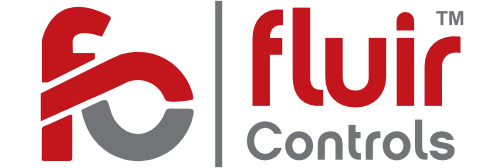Fluir Controls
Y TYPE STRAINER Valve

Advantage:
* Smooth Opening & Closing thanks to a lower torque * 100% pure virgin material, CaCO3 free ( Chalk)
* UV resistant powder added
* 100% pressure testing before leaving the factory.
Standard
Pressure Rating - 150#,300#,
End Connection -Flanged, Screwed, Socket weld, Butt weld.
“ A Y-type strainer valve, also known as a Y-strainer, is a type of valve that is used to remove unwanted debris, particles, or solids from a fluid stream. It is designed with a Y-shaped body that houses a straining element, typically a perforated screen or mesh, which captures and retains the unwanted particles while allowing the fluid to pass through.
Y-shaped body: Y-strainers have a distinctive Y-shaped body that allows the fluid to flow through the strainer in a straight path. This design helps to minimize pressure drop and maintain efficient flow.
Straining element: Y-strainers are equipped with a straining element, often a perforated screen or mesh, positioned inside the Y-shaped body. The straining element captures debris, particles, and solids that may be present in the fluid.
Easy maintenance and cleaning: Y-strainers are designed for easy maintenance and cleaning. The straining element can be removed or accessed by opening the cover or cap, allowing for inspection, cleaning, or replacement of the screen or mesh.
Debris removal: The primary function of a Y-strainer is to remove debris and solid particles from the fluid stream, protecting downstream equipment, such as pumps, valves, and meters, from potential damage and clogging.
Pressure drop: Y-strainers introduce a certain amount of pressure drop in the system due to the straining element. It is important to consider the pressure drop when selecting a Y-strainer to ensure it is compatible with the system requirements.
Material options: Y-strainers are available in various materials, including cast iron, carbon steel, stainless steel, bronze, and other alloys. The material selection depends on factors such as the fluid being handled, pressure, temperature, and compatibility with the process conditions.
When selecting a UPVC valve, it is important to consider the specific requirements of your application, including pressure rating, temperature range, chemical compatibility, and flow characteristics. Proper installation, regular inspection, and adherence to manufacturer guidelines are essential to ensure the optimal performance and longevity of UPVC valves




